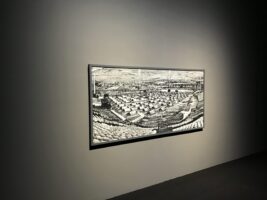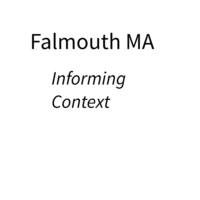In 2016 when I started to look at the longer term vision for my practice over a 10 year time horizon, I defined it in relatively narrow terms based around the creation of narrative based imagery that would be be grouped into specific themes and available as limited editions. Those images based on people within the environment would be observed events using my own creative imagination. This is in contrast to my broader passion for exploration and experimentation within the visual space where I move between still and moving images on a regular basis. I am considering revising that vision to become broader and include other art forms.
I consider works by such as photographer’s Richard Avedon, Philip-Lorca diCorcia and Gregory Crewdson as significant sources of influence which parallel the fact that many of my projects have taken inspiration from film titles and storylines. The advantage of this genre of photography is there are some obvious crossovers to commercial and lifestyle photography where the client is have some level of say in the content within the image. Defining my practice within that context leaves a large part of my image making without an obvious home leading me to question whether I should define those activities as distinct and separate practices therefore avoiding the risk that my audience become confused with my messaging when trying to engage with my work.
The activities this week especially the discussion on shapeshifting has encouraged me to re-examine the idea of having a number of separate practices through which I develop and refine my image making skills.
When now I look at my current project proposal in light of photography shapeshifting I can see that the images can be applied to multiple practices. I had originally viewed the project very much as an art project with a gallery exhibition, accompanied by either photobook or online exhibition. Though I now realise that this approach could limit the audience for the work, restrict opportunities during the project and restrict the overall impact. Allowing my project within an archive context would allow others to use them as a reference social and cultural of the Essex Coastline in the period 2016 to 2018 as I want to capture images of people who work, live and play within the coastal area.There are a number of different businesses that operate along the coastline and allow some of my images to be used for marketing or advertising purposes could allow me to gain access that would not normally be possible. When I start to consider audiences for the project I am starting to add new contexts I had not previously considered such as travel photography and will result in some additional research work.
The project is based around a series of different walks along the coastline where I will capture the landscape and some of the people I meet along those walks. Since writing the original proposal I was not sure how I would link the narratives together and then realised that I can captures the walks using timelapse on a GoPro. Therefore I have started a mini-project refine how I might use the images captured on the GoPro [ http://fineart.photography/project-walking-project/ http://fineart.photography/project-walking-nighttime/ ]
The reason I selected this project was partly to re-explore the environment of my formative years to better understand myself and how that influences my practice. This created a problem for me which I do not have my own pictures from that time period to reference. The use of found photography is a potential solution that I plan to explore further starting with my Dad’s slide images. Another option is to use postcards from the Essex coast from my childhood similar to some of the postcard images create by Martin Parr.
This first week of informing contexts has been really helpful to start to consider the contexts in which to place my project and my overall practice though I realise there is a significant amount of research and exploration to execute if I am going to resolve my project with a world of millions of digital images that capture ever element of life.






